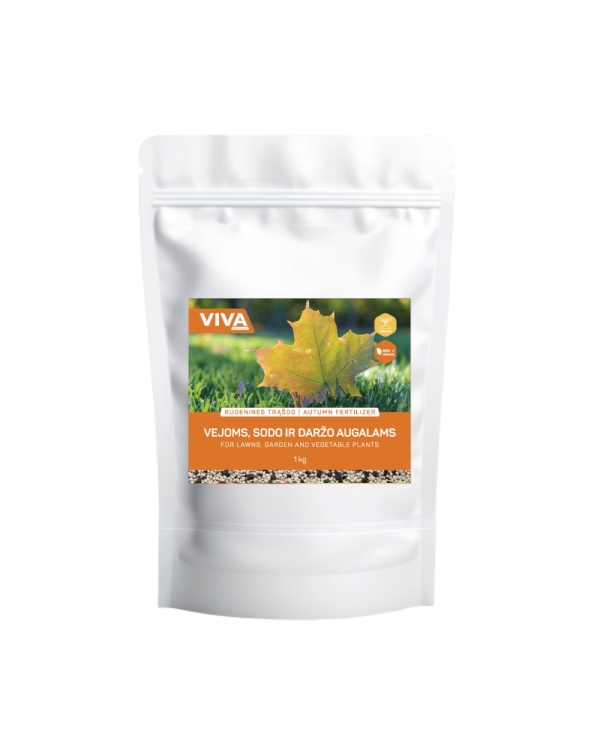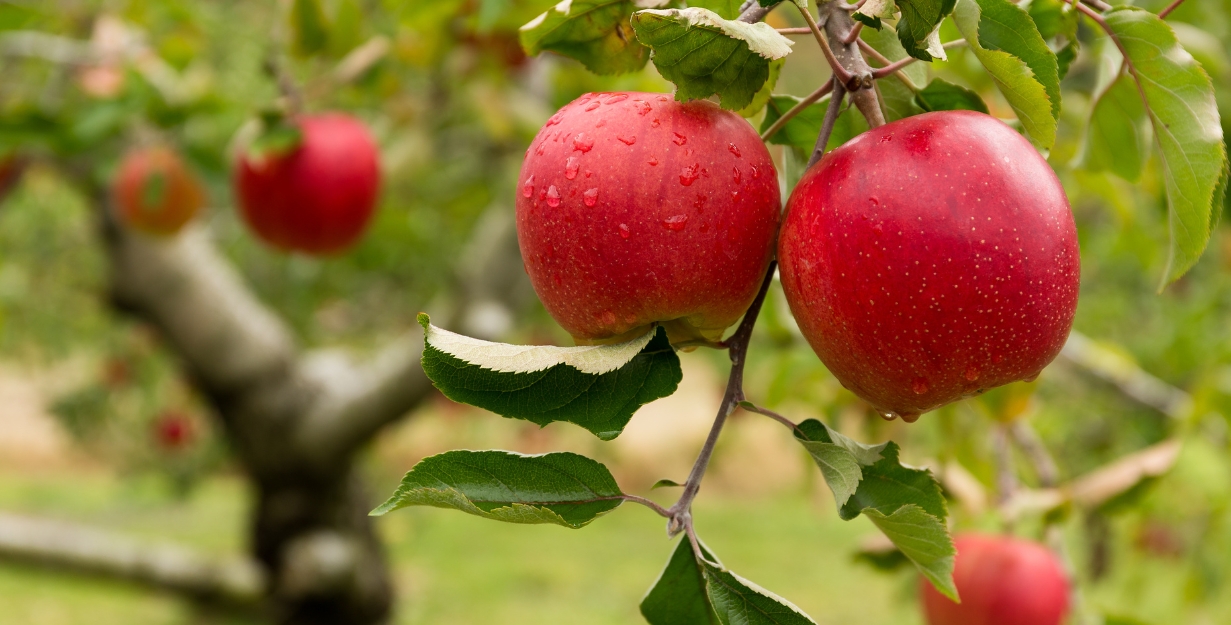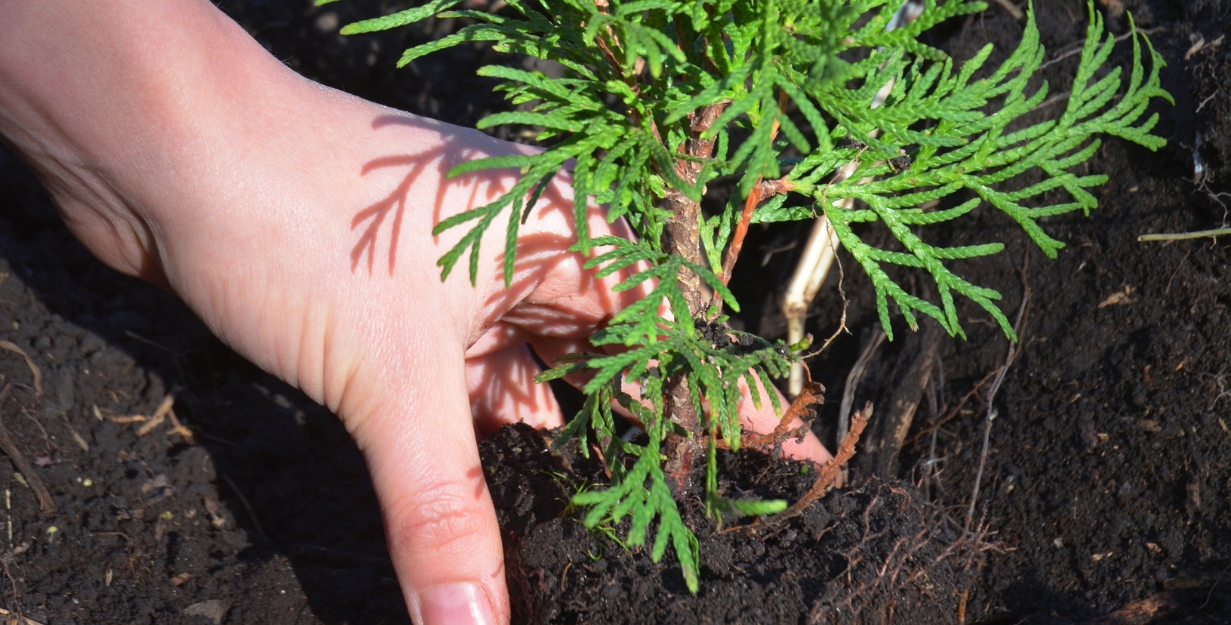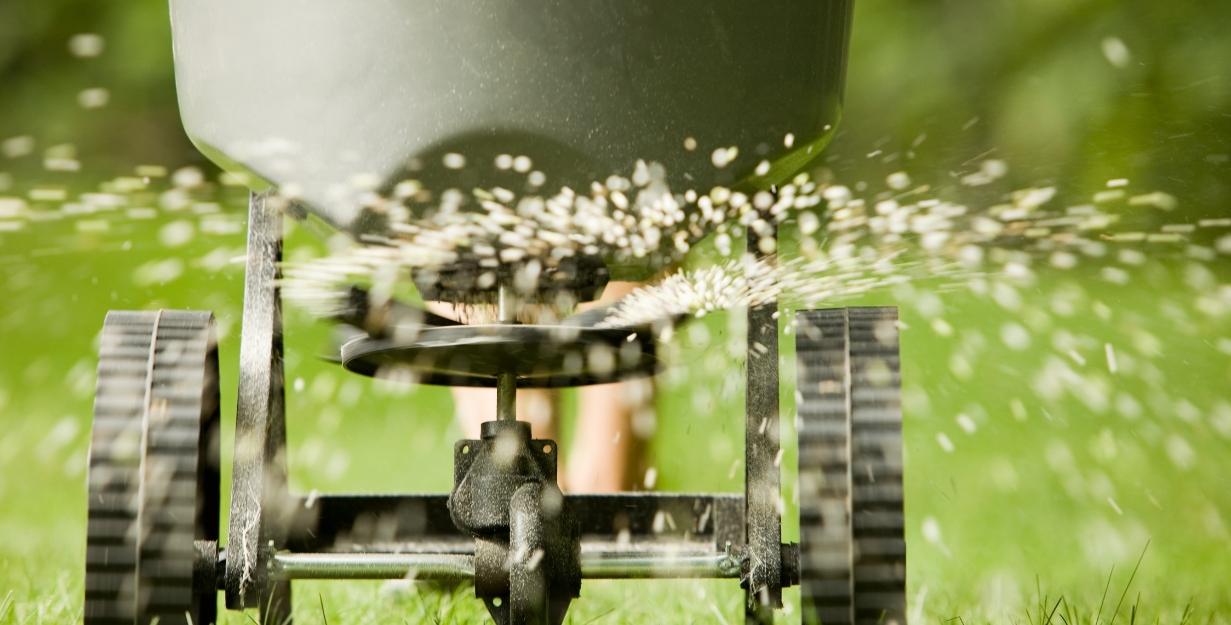Mycorrhizae are symbiotic relationships between fungi and plant roots that can provide numerous benefits to plants. There are two main types of mycorrhizae: endomycorrhizae and exomycorrhizae. In this blog, we will explore the benefits of each type of mycorrhizae and their significance for plant growth.
Endomycorrhizae
Endomycorrhizae, also known as arbuscular mycorrhizae, are the most common type of mycorrhizae. They form a symbiotic relationship with the majority of plants, including crops, fruit trees, and ornamental plants. The fungal hyphae penetrate the root cells, forming arbuscules, which are structures that increase the surface area of the root, allowing the plant to absorb more nutrients.
One of the primary benefits of endomycorrhizae is their ability to improve nutrient uptake. The fungal hyphae can extend beyond the root zone, exploring the soil and absorbing nutrients, such as phosphorus, that may be inaccessible to the plant. This allows the plant to access a more extensive range of nutrients, which can lead to improved growth and yields.
Endomycorrhizae also play a crucial role in soil health. They can improve soil structure, water holding capacity, and reduce soil erosion. They can also help to suppress soil-borne pathogens, which can lead to improved plant health and reduced reliance on chemical pesticides.
Exomycorrhizae
Exomycorrhizae, also known as ectomycorrhizae, are a type of mycorrhizae that form a symbiotic relationship with trees, shrubs, and some herbaceous plants. Unlike endomycorrhizae, exomycorrhizae do not penetrate the root cells. Instead, they form a sheath around the root, increasing the surface area for nutrient absorption.
One of the primary benefits of exomycorrhizae is their ability to improve nutrient uptake. They can absorb nutrients that may be inaccessible to the plant, such as nitrogen and phosphorus. This allows the plant to access a more extensive range of nutrients, which can lead to improved growth and yields.
Exomycorrhizae also play a crucial role in soil health. They can improve soil structure, water holding capacity, and reduce soil erosion. They can also help to suppress soil-borne pathogens, which can lead to improved plant health and reduced reliance on chemical pesticides.
Conclusion
Endomycorrhizae and exomycorrhizae play critical roles in plant growth and soil health. They can improve nutrient uptake, soil structure, water holding capacity, and reduce soil erosion. They can also help to suppress soil-borne pathogens, which can lead to improved plant health and reduced reliance on chemical pesticides. Farmers and gardeners can encourage mycorrhizae by avoiding the use of chemical fertilizers and pesticides, practicing crop rotation, and adding organic matter to the soil. By nurturing mycorrhizae, we can create a healthy and sustainable environment for plants to grow and thrive.
our top products
#vivafertis
in our blog
in our blog


















